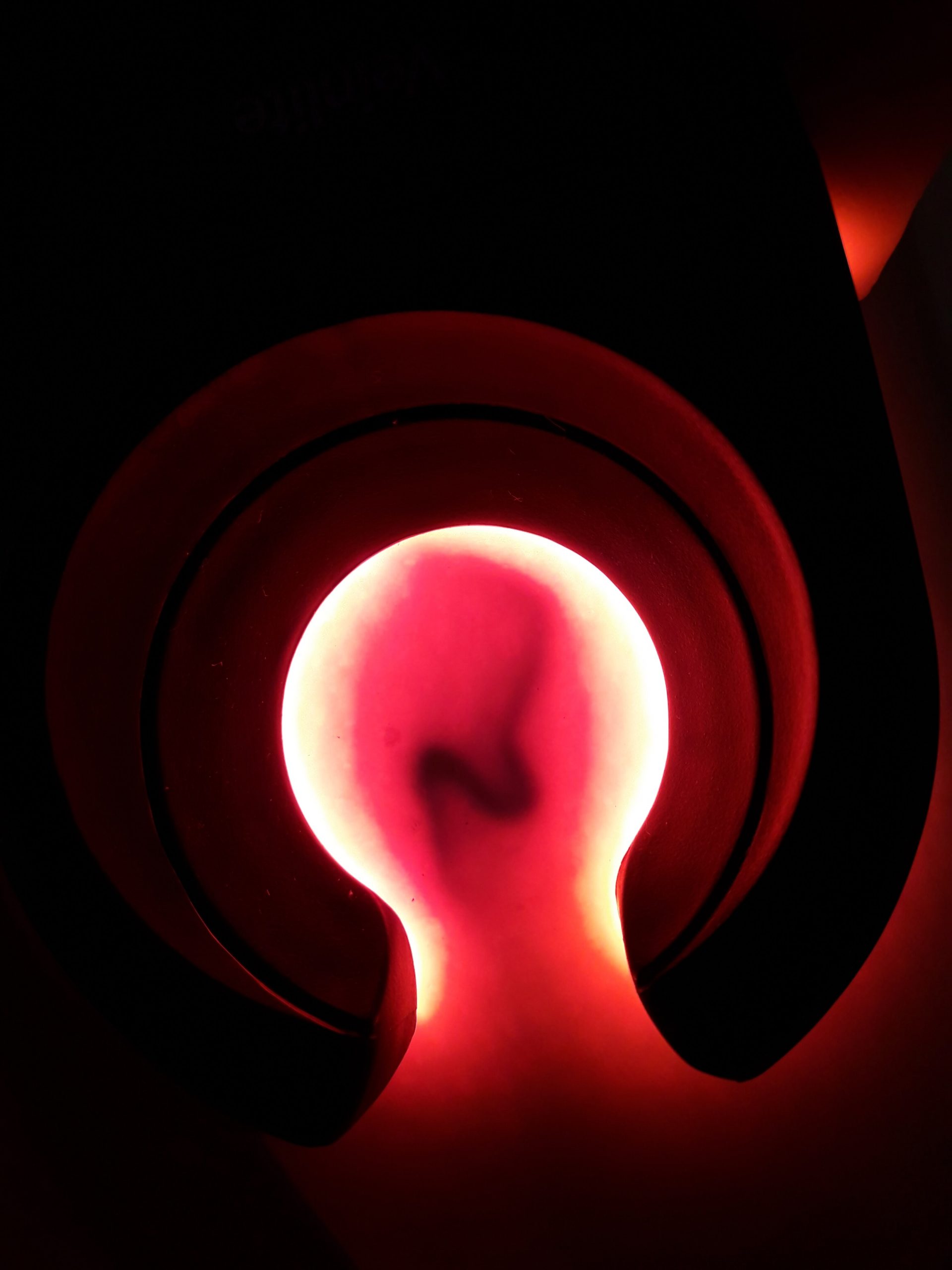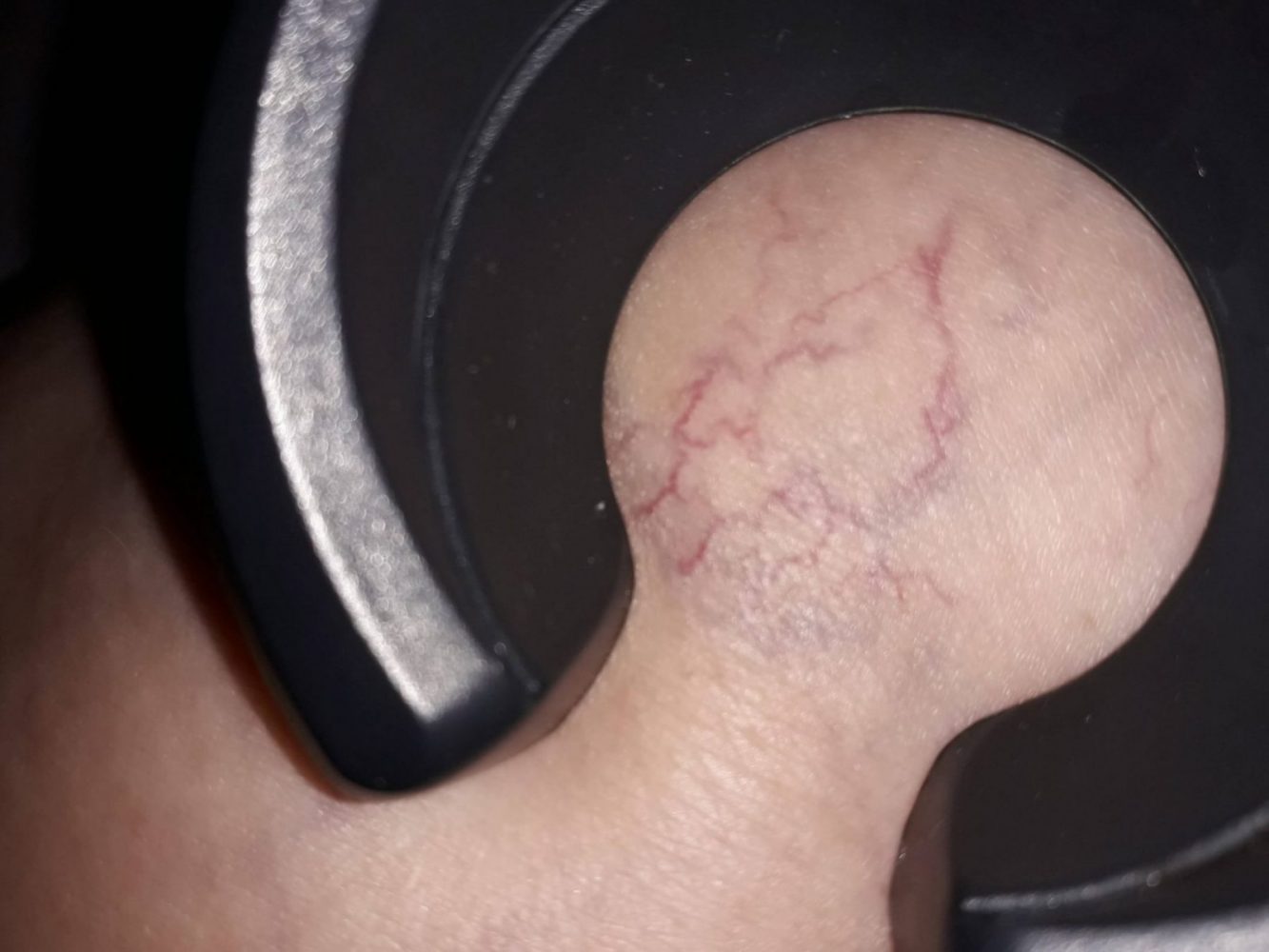Treatment of spider veins
Would you like to learn more about spider veins and the possibilities of treatment?
In our two vascular medicine practices in Munich you will find a competent team with many years of experience with spider veins and their treatment. We use all forms of sclerotherapy. Preference is given to sclerotherapy with ethoxysclerol, which has been used for decades. Occasionally, we also perform laser therapy.
What are spider veins?
Spider veins are dilated, superficially located veins in the skin. They are usually harmless. Only in rare cases is there a disease of the deeper veins. They often appear as a blue or reddish spot. On closer inspection, one can see spider-web-like, fine hair vessels in the skin. Feather- to fan-shaped or only sporadically arranged, finest veins also frequently appear. The term spider veins is due to the way the tiny vessels are arranged and configured. Since one could also think of brushwood brooms here, the term spider veins came into popular use.
What is the difference between spider veins and varicose veins?
Medically, spider veins correspond to the smallest, mildest form of varicose veins. In most cases, they have no medical significance, in contrast to truncal varicosis (valve weakness of the large and small rose veins, i.e. great or small saphenous vein) or large caliber side branch varicosis (valve weakness of the perforating veins or connecting veins from the musculature to the subcutaneous tissue). However, they are usually a cosmetic problem for those affected.
How dangerous are spider veins?
There is no risk of thrombosis or superficial phlebitis in spider vein varicosis. Also, spider veins that lie in the skin or small-lumen varicose veins that lie just under the skin are not responsible for leg swelling.
These are found preferentially in the case of venous valve weakness in the area of the deep venous system after thrombosis has taken place or in the case of truncal varicosis. Treatment for venous thrombosis must be initiated immediately if venous thrombosis is detected.
Only in rare cases do larger spider veins/reticular nests or tender varicose veins cause discomfort such as a feeling of pressure or itching.
In older age, a rhexis hemorrhage can occur, especially in fragile vessels. This can usually be stopped without any problems by compression and should then be sclerosed in any case in order to prevent a new bleeding.


